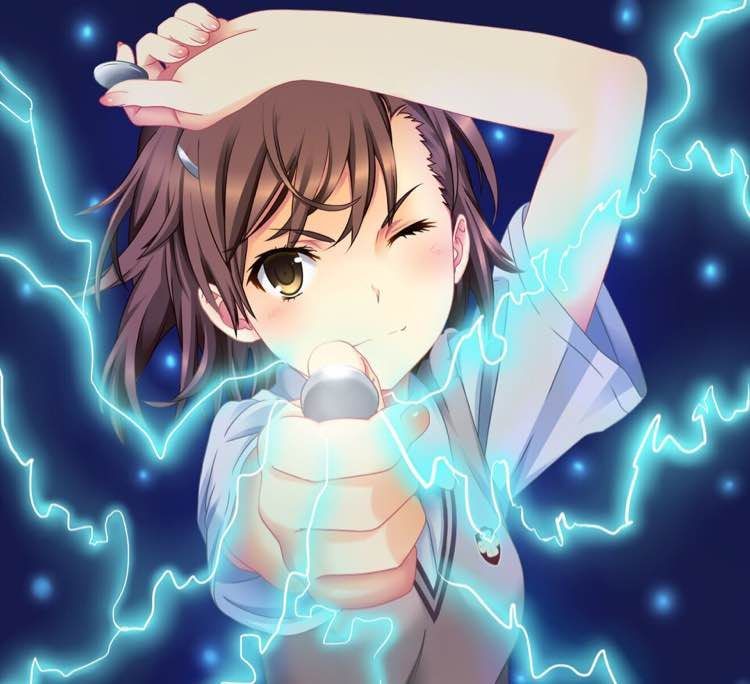
词汇学(13)Sense Relation Ⅳ Antonymy
Antonymy deals with semantic opposition. Antonyms can be defined as words which are opposite in essential meaning. There are different forms of oppositeness. Liguists and semanticists classify antonymy into different categories using different terminology.
Three Types of Antonyms
Complementaries
Complemantaries (also binary antonymy, binary taxonomy or contrdictory terms) are antonyms which truly represent oppositeness of meaning. They are so opposed to each other as to be mutually exclusive and admit no possibility between them. The assertation of oneis denial of the other or vice versa. In other words, if one of the pair is applicable, the other cannont be.
Another distinctive feature of this category is that such antonyms are nongradable. They cannot be used in comparative degrees and do not allow adverbs of imensity like very to qualify them.
Contraries
Contraries (also gradable antonymys, gradable opposites) are best envisaged in terms of a scale running between two poles or extremes. Words such as rich-poor represent two points at both ends of the pole. The existence of one is in relation to the other. This shows what is generally called semantic relativity.
Antonyms of this kind are characteristic of semantic polarity. These antonyms form part of a scale of values between two poles and can accomodate a middle ground belonging neither to one pole nor to the other.
E.g. like-attachment-liking-indifferent-antipathy-hate
Converses
Converses consist of relational opposites such as parent-child . The pairs of words indicate such a reciprocal or social relationship that one of them cannot be used without suggesting the other.
E.g.
If A sells something to B, then B buys it from A.
If A gives something to B, then B recieves it from A.
Characteristics of Antonyms
- A natral laguage has more synonyms than antonyms. Antonyms are classified on the basis of the semantic opposition. Words denoting nature, qulity or state of things have in many cases antonyms.
Words which are polysemic can have more than one antonym.
E.g. When fast is used in the sense of “firm” or “secure”, then the antonym will be loose. When it means “quick”, the antonym will be slow. And when fast means “pleasure-seeking” or “wild”, tha antonym will be sober.Antonyms differ in semantic inclusion. Some pairs of antonyms are seen as marked and unmarked terms respectively, on the grounds that one member is more specific than the other and the meaning of the marked term is found in that of the unmarked.
E.g.
How tall is your brother?
How short is your brother?Words form antonyms of similar intensity. Contraries are gradable antonyms, differing in degree of intensity, so each has its own corresponding opposite.
The Use of Antonyms
Antonyms have various practical uses and have long proved helpful and valuable in defining menaings of words. Antonyms are useful in enabling us to express economically the opposite of a particular thought, often for the sake of contrast. Many idioms are formed with antonyms which look neat and pleasant, and sound rhythmic.
E.g. rain and snow, now or never, thck and thin, weal and woe
Antonyms are often used to form antithesis to achieve emphasis by putting contrasting ideas together. Quite a few proverbs and sayings are illustrative examples.
E.g.
Easy come, easy go.
More haste, less speed.
United we stand, divided we fall.
Many great writers are fond of using antonyms to serve their stylistic purpose. Shakespear, in one of his poems, used antonymsto reveal his feelings anf attitude about age and youth. Charles Dickens is another master of using antonyms to convey his ideas.



No Comments